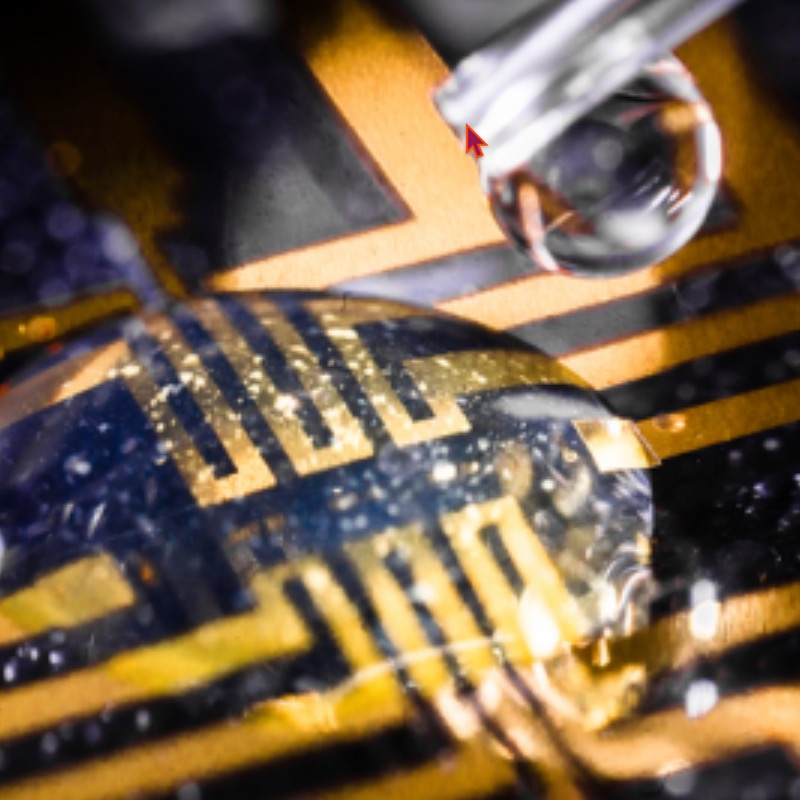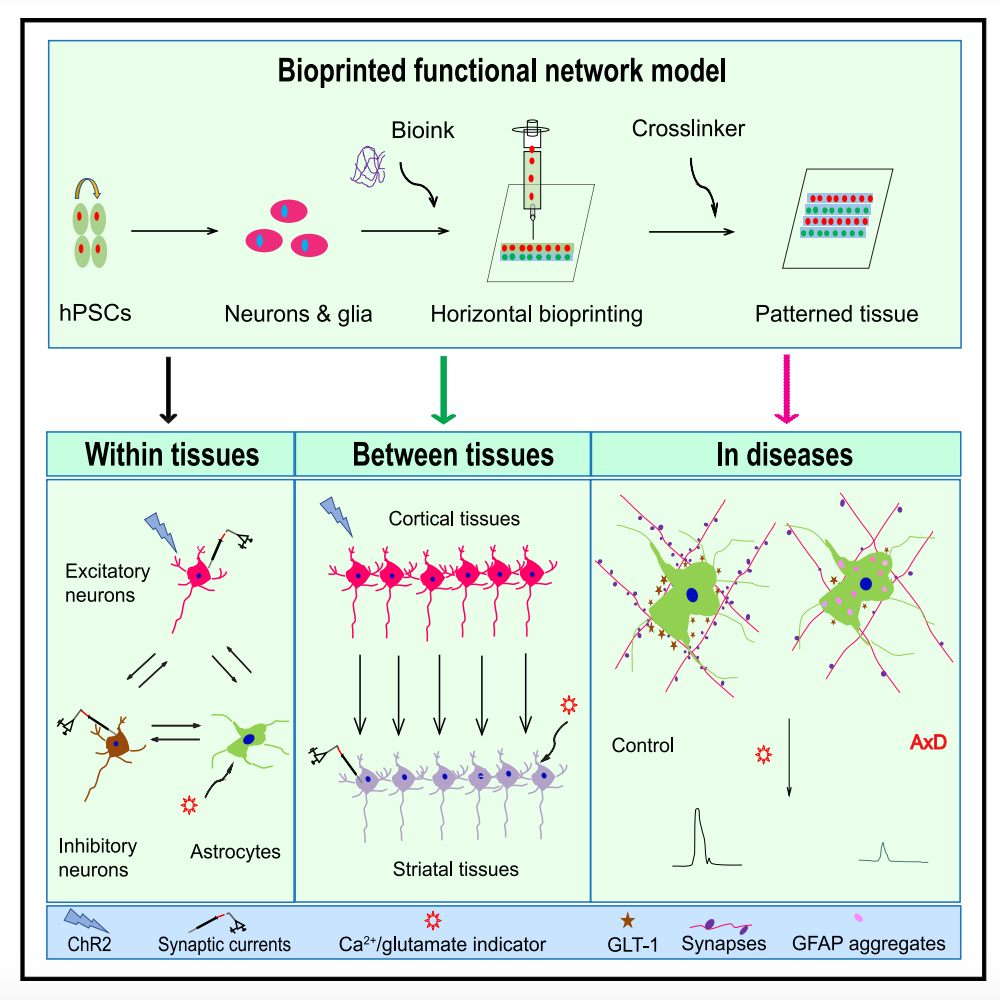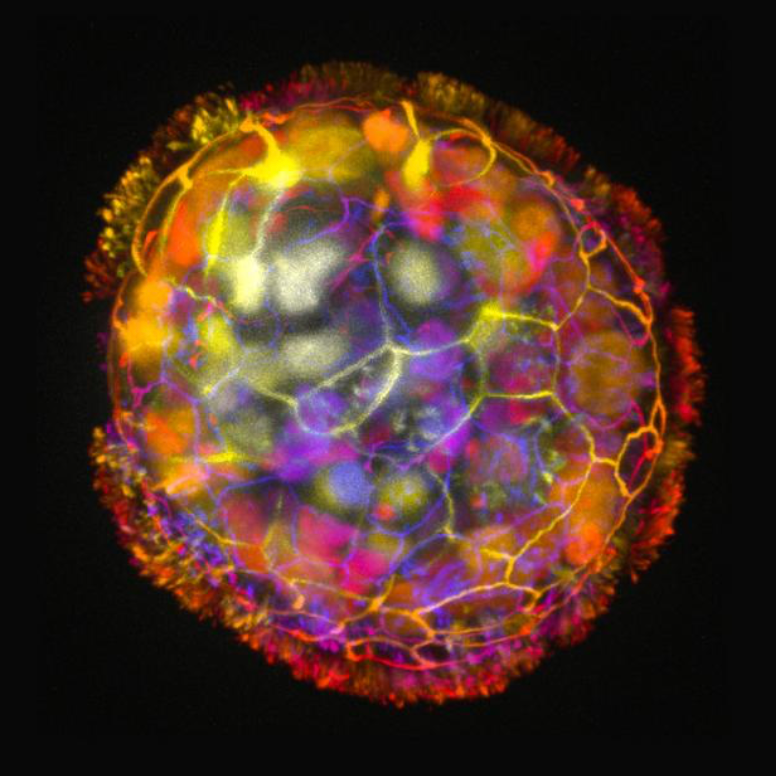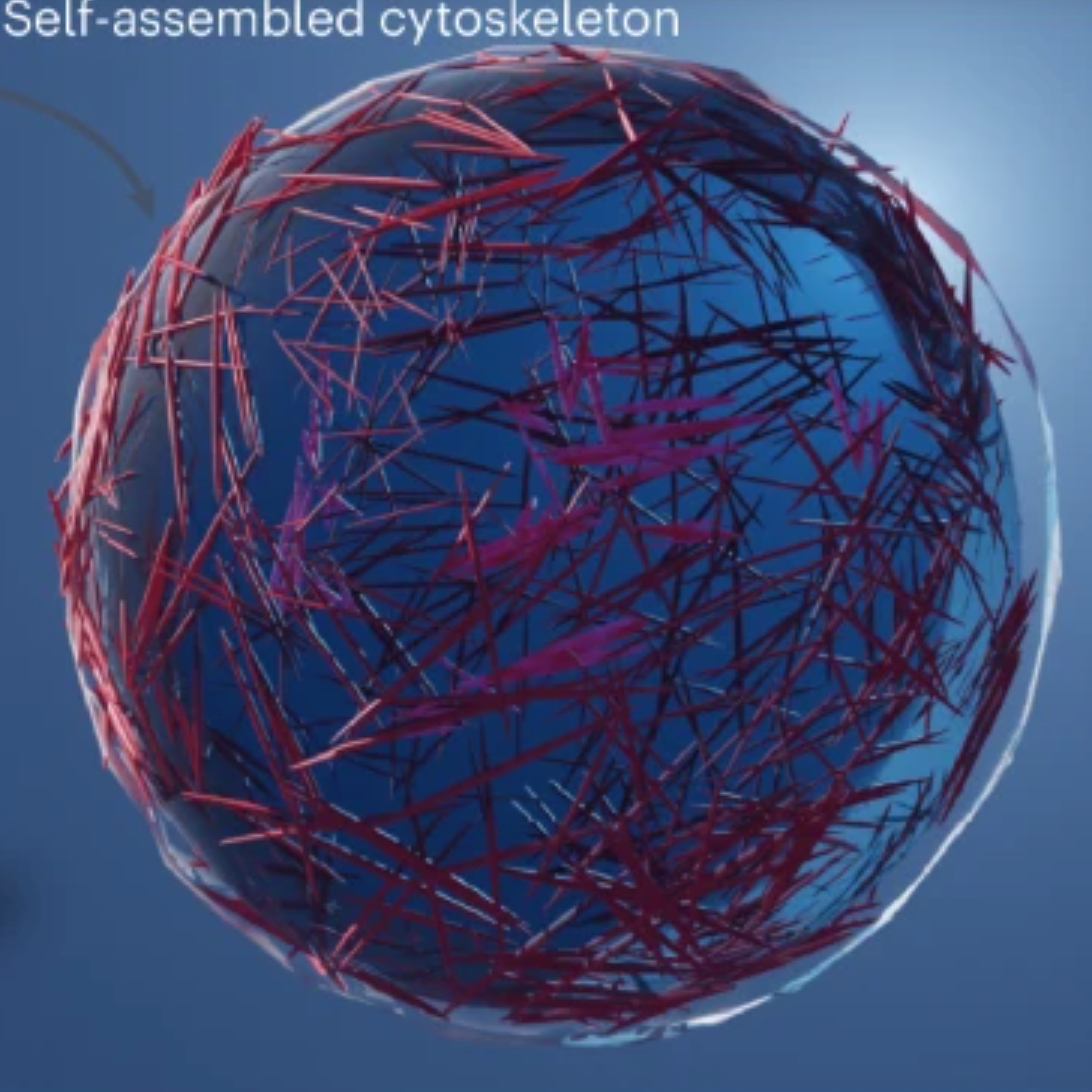How to “tattoo” gold nanopatterns onto live cells and tissues — biohacker alert
Aug. 10, 2023.
2 min. read
17 Interactions
Attaching future nanoscale components (such as brain electrodes, antennas and circuits) to living tissue or organisms
RELATED NEWS
Johns Hopkins University researchers have developed a proof-of-concept technique to “tattoo” living cells and tissues with flexible arrays of gold nanodots and nanowires. The tattoo could be used in the future to integrate bionic and biosensing devices and biosensors with living tissue for biomedical applications.
The biocompatible technique could allow for attaching nanoscale components (such as brain electrodes, antennas and circuits) to living tissue or organisms, opening up new ways to develop biohybrid materials.
How-to
The team used nanoimprint lithography to print a pattern of nanoscale gold lines or dots on a polymer-coated silicon wafer. The polymer was then dissolved to free the gold nanoarray so it could be transferred to a thin piece of glass.
Next, the gold was functionalized with cysteamine and covered with a hydrogel layer, which, when peeled away, removed the array from the glass. The patterned side of this flexible array/hydrogel layer was coated with gelatin and attached to individual live fibroblast cells. In the final step, the hydrogel was degraded to expose the gold pattern on the surface of the cells.
The researchers used similar techniques to apply gold nanoarrays to sheets of fibroblasts or to rat brains. Experiments showed that the arrays were biocompatible and could guide cell orientation and migration.
Replacing current techniques
Advances in electronics have enabled manufacturers to make integrated circuits and sensors with nanoscale resolution and laser printing and other techniques have made it possible to assemble flexible devices that can mold to curved surfaces.But the researchers note that current processes to make integrated circuits and sensors often use harsh chemicals, high temperatures or pressure extremes that are incompatible with living cells.
Other methods are too slow or have poor spatial resolution. To avoid these drawbacks, David Gracias, Luo Gu and colleagues wanted to develop a nontoxic, high-resolution, lithographic method to attach nanomaterials to living tissue and cells.
The authors acknowledge funding from the Air Force Office of Scientific Research, the National Institute on Aging, the National Science Foundation and the Johns Hopkins University Surpass Program.
Citation: Kam Sang Kwok, Yi Zuo, Soo Jin Choi, Gayatri J. Pahapale, Luo Gu, and David H. Gracias. Toward Single Cell Tattoos: Biotransfer Printing of Lithographic Gold Nanopatterns on Live Cells. August 1, 2023. Nano Lett. 2023, DOI:
https://doi.org/10.1021/acs.nanolett.3c01960. © 2023 American Chemical Society
Let us know your thoughts! Sign up for a Mindplex account now, join our Telegram, or follow us on Twitter.

.png)

.png)


.png)









3 Comments
3 thoughts on “How to “tattoo” gold nanopatterns onto live cells and tissues — biohacker alert”
🟨 😴 😡 ❌ 🤮 💩
🟨 😴 😡 ❌ 🤮 💩
What would you use this for?
🟨 😴 😡 ❌ 🤮 💩